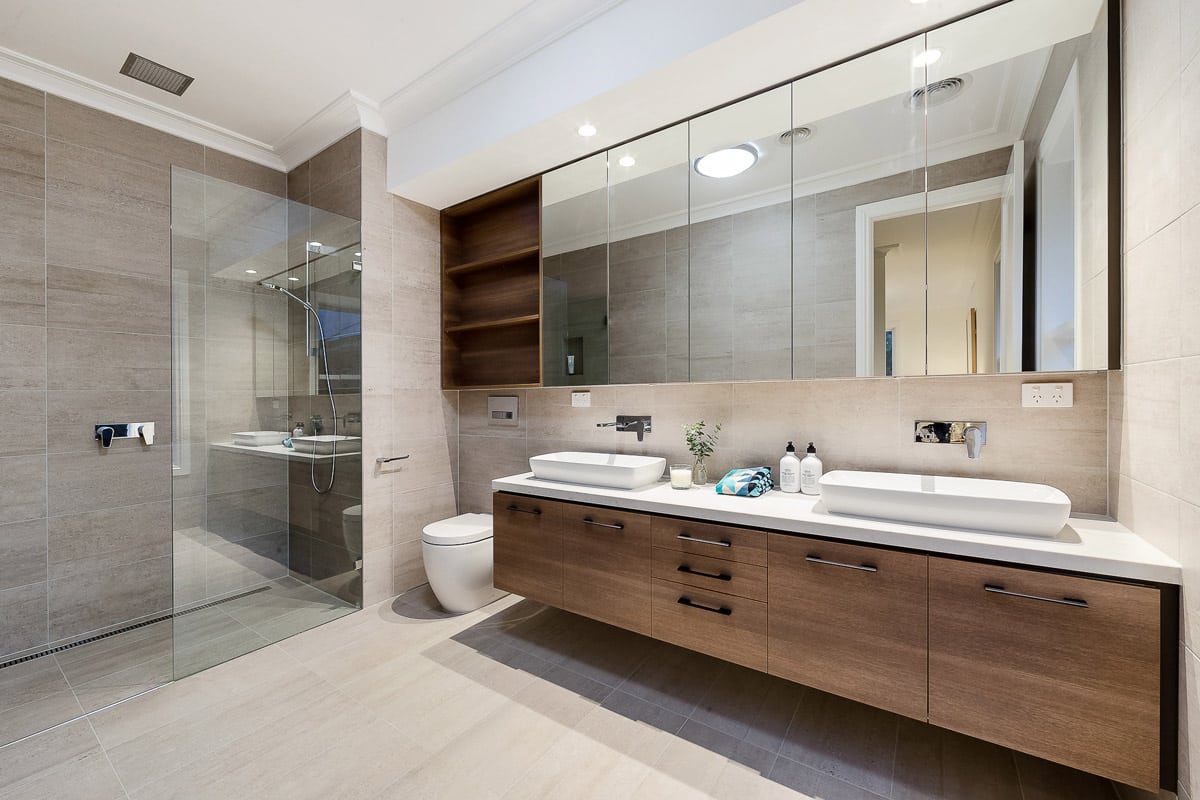Renovations are becoming all the more prevalent amongst UK homeowners, for a variety of factors. One in five homeowners have found renovations cheaper than moving home, in a time where house prices are reaching a stratospheric high. Amongst the extensions and loft conversions, wet rooms have become increasingly popular for homes with new accessibility requirements, or as a feature for bathrooms on the smaller side. But how might you convert your bathroom into a wet room?

What is a Wet Room?
A wet room is a bathroom space that is completely waterproofed. The floor is installed with a slant or dip, and a drain is directly installed in the floor. In this way, the bathroom in its entirety constitutes a shower unit – with no additional installations in the form of a cubicle or bathtub required. Wet rooms are useful for homes in which space is a priority, as the shower unit, toilet and sink can be figuratively combined into a more compact, utilitarian space. Wet rooms are easier to access, and also easier to manage and clean than other bathrooms, with fewer nooks and crannies and completely waterproofed flooring making mopping a breeze.
Flooring
The biggest hurdle to a wet room conversion is the floor itself. The floor needs to be angled or ramped in some way, to allow water to flow towards the lowest point, where a drain would be installed. Without ramping, standing water becomes an issue – making for slip hazards and the long-term possibility of water damage to your home. To solve this problem, it is necessary to build a sub-floor, using tiles for their waterproofing capabilities. Be sure to use the correct floor tile adhesive when installing these tiles, to ensure a secure installation and no likelihood of tile slippage after completion.
Ventilation
Ventilation is the next key consideration for constructing a safe and viable wet room. Humidity is a major concern and can cause serious damage to your home’s infrastructure if not managed correctly. Ceiling extractor fans, as you might find in regular bathrooms, are a cost-effective way to manage moisture – but larger extraction systems can ensure the longevity of the wet room.
Heating
The removal of additional units and partitions from the bathroom, coupled with the tiling of every surface, can make wet rooms colder than the average bathroom. This is easily remedied, and there are a number of ways to go about it. Conventional radiators are a useful solution but do not do much about the cold tiles underfoot. Underfloor heating can make using wet rooms a more comfortable experience, while heated towel rails add a little bit of extra luxury.

